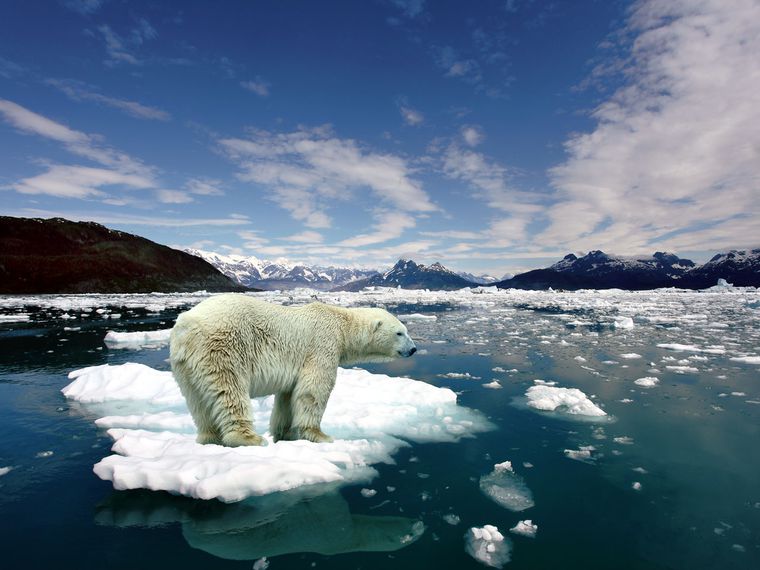Rising global temperature is the main factor behind the melting of ice caps globally. This is not new and can be traced back decades together. Two scientists from Edinburgh, Leeds Universities and University College London came to the conclusion that Earth has lost 28 trillion tonnes of ice from the surface since 1994.
A 2019 report by the UN Intergovernmental Panel on Climate Change (IPCC) revealed shocking facts. Between 2006-2015, Greenland lost 278 gigatonnes (Gt) of ice per year. Meanwhile, Antarctica lost over 155 gigatonnes (Gt) of ice per year. The global sea-level rise stood at 0.77 mm a year.
The new study by UK scientists is based on analyzed satellite surveys of the Earth’s mountains, poles, and glaciers to understand lost ice coverage due to global warming and greenhouse gas emissions.
Between 1994-2017, the planet lost nearly 28 trillion tonnes of ice. Polar ice sheets, sea level, and mountain glaciers have all seen drastic changes in the last 23 years. Due to the increase in ice melt, global sea levels have risen by 35 mm.
A research paper titled ‘Earth’s Ice Imbalance’ was published in the Cryosphere Discussions journal. It says that the loss of ice has increased by 49 percent in the last 24 years compared to the period before 1990.
Professor Andy Shepherd from Leeds University, one of the writers of the report, told The Guardian, “To put that in context, every centimetre of sea-level rise means about a million people will be displaced from their low-lying homelands.”
“In the past researchers have studied individual areas – such as the Antarctic or Greenland where ice is melting. But this is the first time anyone has looked at all the ice that is disappearing from the entire planet. What we have found has stunned us,” added Shepherd.
Rising sea temperatures have triggered the melting of ice sheets in Antarctica. While the increase in atmospheric temperature is the main cause of inland ice melting, as seen in the Himalayas. Both rising sea and atmospheric temperatures have been the root cause of ice melting in Greenland.
As ice melting grows around the world, the loss of ice sheets is creating new challenges to fight global warming. Melting ice is reducing Earth’s ability to reflect solar radiation into space. Diminishing ice sheets expose soils beneath them to the sun, releasing heat which further impacts the planet.
Melting ice that creates cold freshwater adds to the sea and creates severe disruptions to the biological health of Arctic and Antarctic waters. Meanwhile, melting glaciers in mountainous regions pose a major threat to local communities who depend on them for fresh water.
In India, higher in the Himalayas, many local communities depend on fresh water from glaciers nearby. Increasing temperatures are now melting glaciers swiftly and forcing communities to move.
Rising sea levels also pose a major threat to India. Coastal districts and islands are home to more than 177 million people. Rising levels can destroy many homes and push the inhabitants to high-level areas. This can increase pressure on available resources and land.
The report says nearly 60 percent of the ice loss was recorded in the northern hemisphere. In addition, another report published in Nature says 60 percent of Antarctica’s ice shelves face serious danger of fracturing. These shelves act as a shield to reduce inland ice melting, if they collapse, the melting would rise to unprecedented levels.
According to the ‘Earth’s Ice Imbalance’ report, it is clear that the rise in ice melting around the world is a direct result of man-made actions such as increased greenhouse emissions. It is clear that the only way to stop these changes in Earth’s natural system is to reduce dependence on the carbon-based system.

